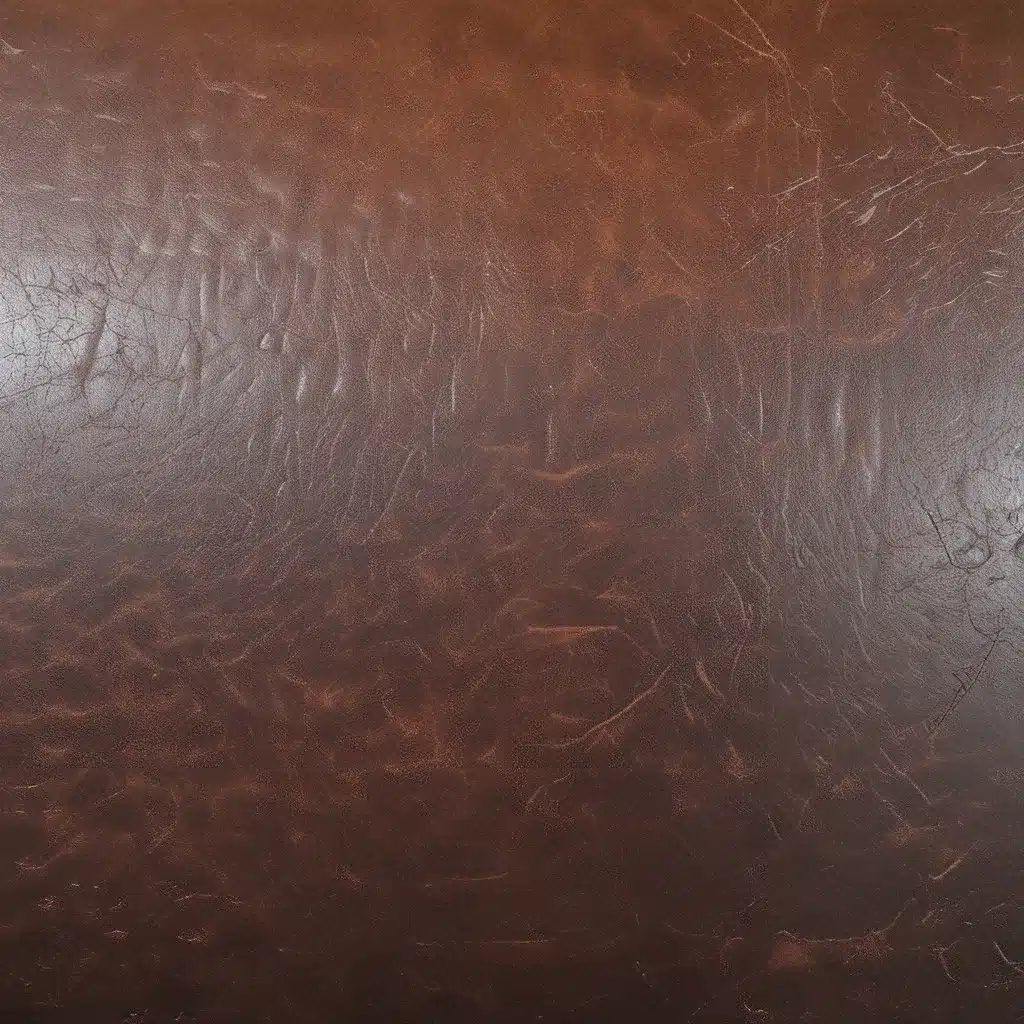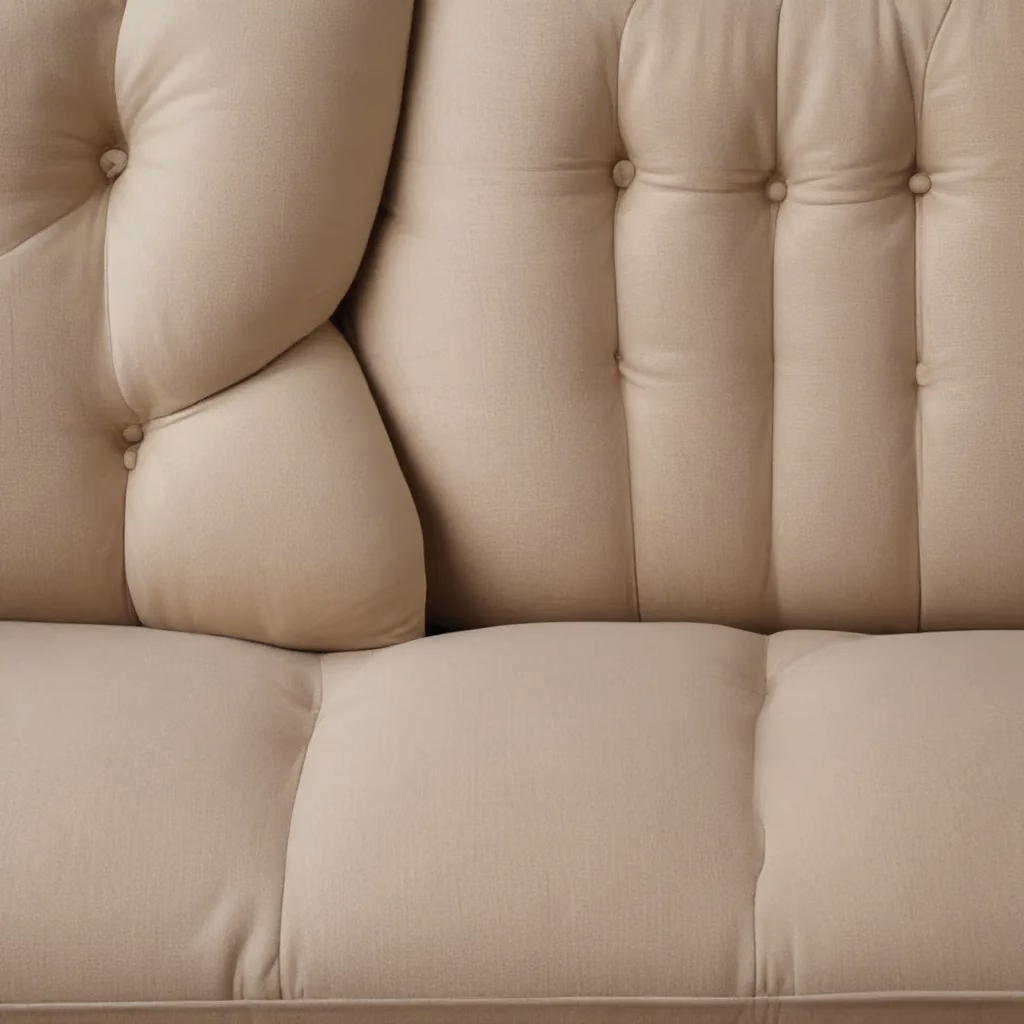
As someone who’s passionate about the timeless appeal of leather, I know how heartbreaking it can be to see your beloved leather items start to show signs of wear and tear. Whether it’s a cherished handbag, a well-loved briefcase, or that trusty leather jacket, cracked and dried-out leather can really put a damper on your style.
But fear not, my friends! I’m here to share some insider secrets on how to bring that luxurious leather back to life. As an avid leather enthusiast, I’ve learned a thing or two about the art of leather repair and conditioning, and I’m excited to share my knowledge with you.
Understanding Leather Cracks
Before we dive into the nitty-gritty of leather repair, it’s important to understand why leather cracks in the first place. Leather, like our own skin, is a natural material that can become dry and brittle over time. When the tiny fibers that make up the leather start to lose their moisture and natural oils, they begin to rub against each other, causing unsightly cracks and fissures.
This process is accelerated by exposure to direct sunlight, heat, and lack of proper conditioning. It’s a bit like what happens to your skin when you forget to moisturize – the more neglected it is, the more likely it is to develop those pesky dry patches and cracks.
Fixing Light Cracks
Now, don’t panic if you start to notice some light surface cracks in your leather goods. These are relatively easy to fix with a good quality leather conditioner. Sofa Spectacular has a fantastic selection of premium leather care products that can work wonders on minor cracking.
The key is to thoroughly clean the leather first, using a mild soap or specialized leather cleaner to remove any dirt or debris. Then, gently work the conditioner into the cracked areas, using a soft cloth or sponge. Apply enough to fill in the cracks, but be careful not to over-condition, as that can lead to a waxy, unappealing finish.
Once the conditioner has had a chance to soak in, you’ll be amazed at how much more supple and rejuvenated your leather looks. Just remember to repeat this process every month or so to keep your items in tip-top shape.
Tackling Deep Cracks
Now, if the cracks in your leather are a bit more serious, you may need to take a few extra steps to get them looking their best. Deep cracks can be a real challenge, but with a little elbow grease and the right tools, you can definitely make them disappear.
First, you’ll want to thoroughly clean the leather using a specialized leather cleaner or a mild soap and water solution. This will help remove any dirt or debris that’s accumulated in the cracks. Once the surface is clean, gently sand the area with a fine-grit sandpaper (600 grit or higher) to smooth out the edges of the cracks.
Next, it’s time to break out the leather filler. These pasty, putty-like substances are designed to fill in and smooth over deep cracks. Apply a thin layer of the filler, using a palette knife or the back of a spoon to really work it into the cracks. You may need to apply multiple coats, allowing each one to dry completely before adding the next.
Once the filler has dried, it’s time to tackle the coloring. Using a leather dye that matches the color of your item, carefully apply a thin, even coat over the repaired area. Blend the dye into the surrounding leather to ensure a seamless finish. You may need to apply several coats to achieve the perfect color match.
The final step is to seal and protect your hard work with a good leather sealant. Spray or rub the sealant onto the repaired area, making sure to cover it completely. This will help lock in the dye and prevent any further cracking or damage.
Preventing Future Cracks
Of course, the best way to deal with cracked leather is to prevent it from happening in the first place. Proper leather care and conditioning is key to keeping your items looking their best for years to come.
Always store your leather goods away from direct sunlight and heat, as these can quickly dry out the material. And be sure to give them a good conditioning treatment at least once a month, using a high-quality leather cream or balm. This will help replenish the natural oils and keep the fibers supple and flexible.
It’s also a good idea to clean your leather items regularly, using a mild soap or specialized leather cleaner. This will help remove any dirt or grime that could contribute to premature cracking and wear.
Remember, leather is a natural material, and with a little TLC, you can keep your favorite pieces looking like new for a long, long time. So don’t be afraid to put in the effort – your leather goods will thank you for it!
Conclusion
Repairing and conditioning cracked leather may seem like a daunting task, but with the right techniques and a little patience, you can bring your beloved leather items back to life. Whether you’re dealing with light surface cracks or deep, stubborn fissures, the steps I’ve outlined here will have your leather looking better than ever.
And don’t forget, regular conditioning and maintenance is key to preventing future cracks and keeping your leather goods in tip-top shape. So go ahead, indulge in that new leather sofa or briefcase from Sofa Spectacular, and know that you have the skills to keep it looking its best for years to come.
Happy leather repairing, my friends! Let me know if you have any other questions – I’m always happy to share my leather expertise.



